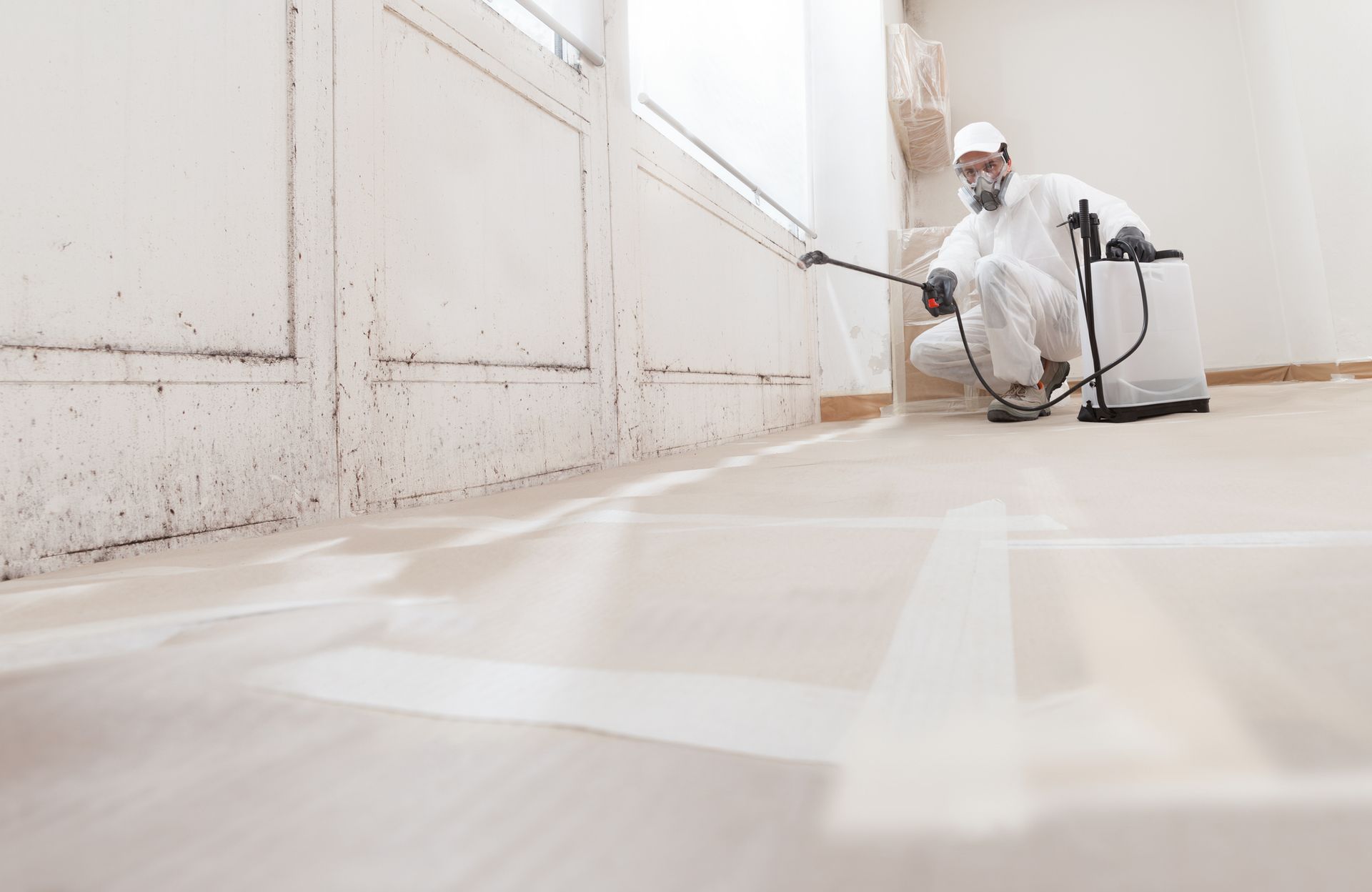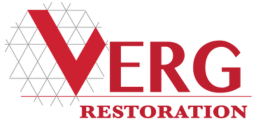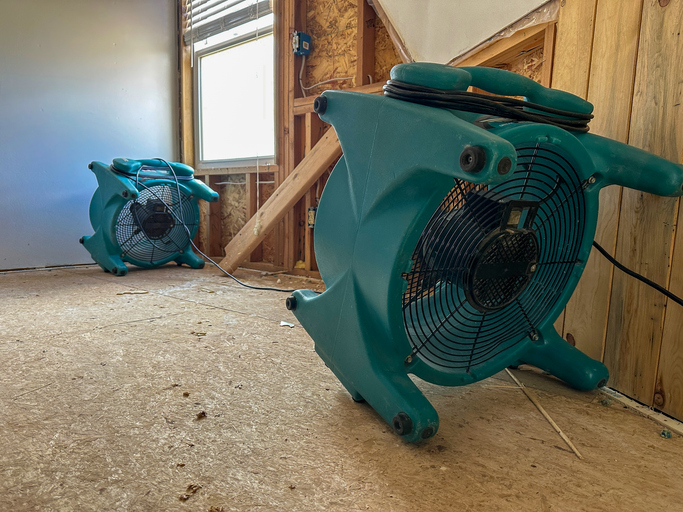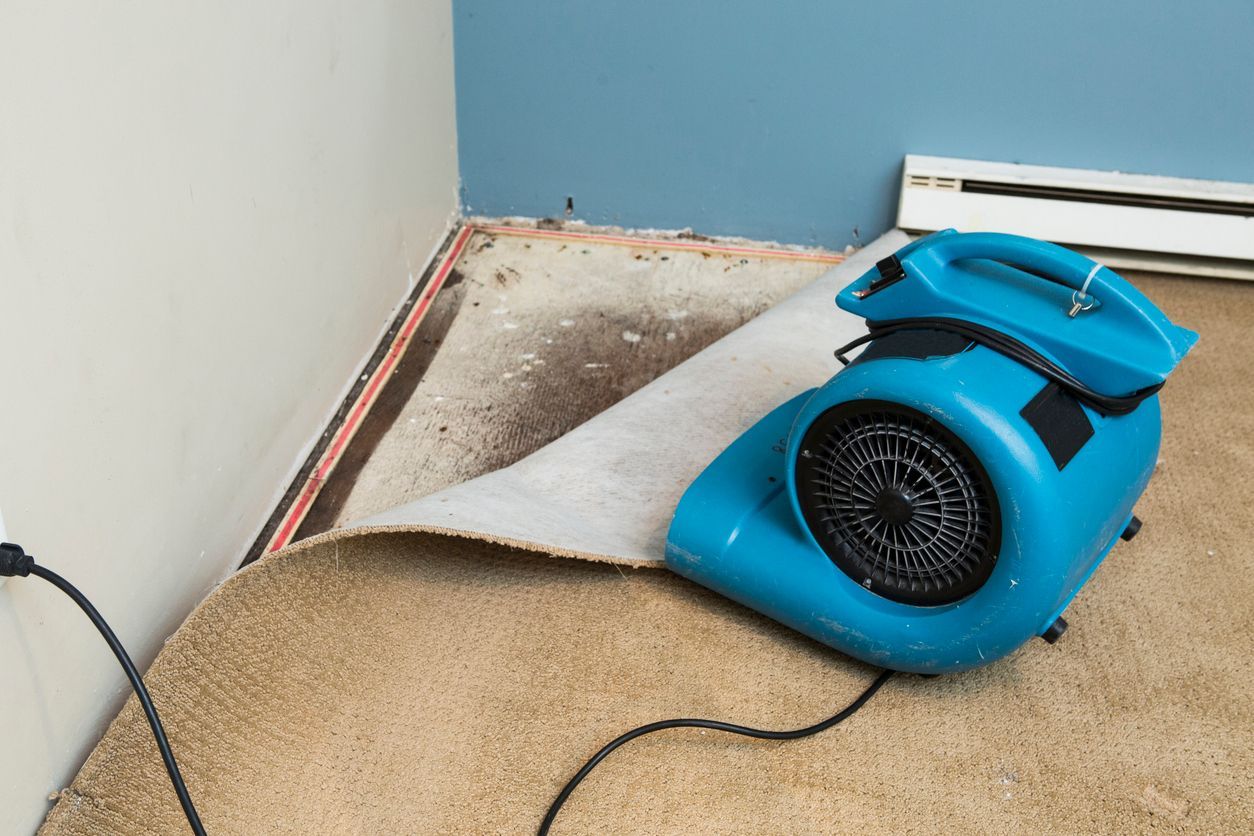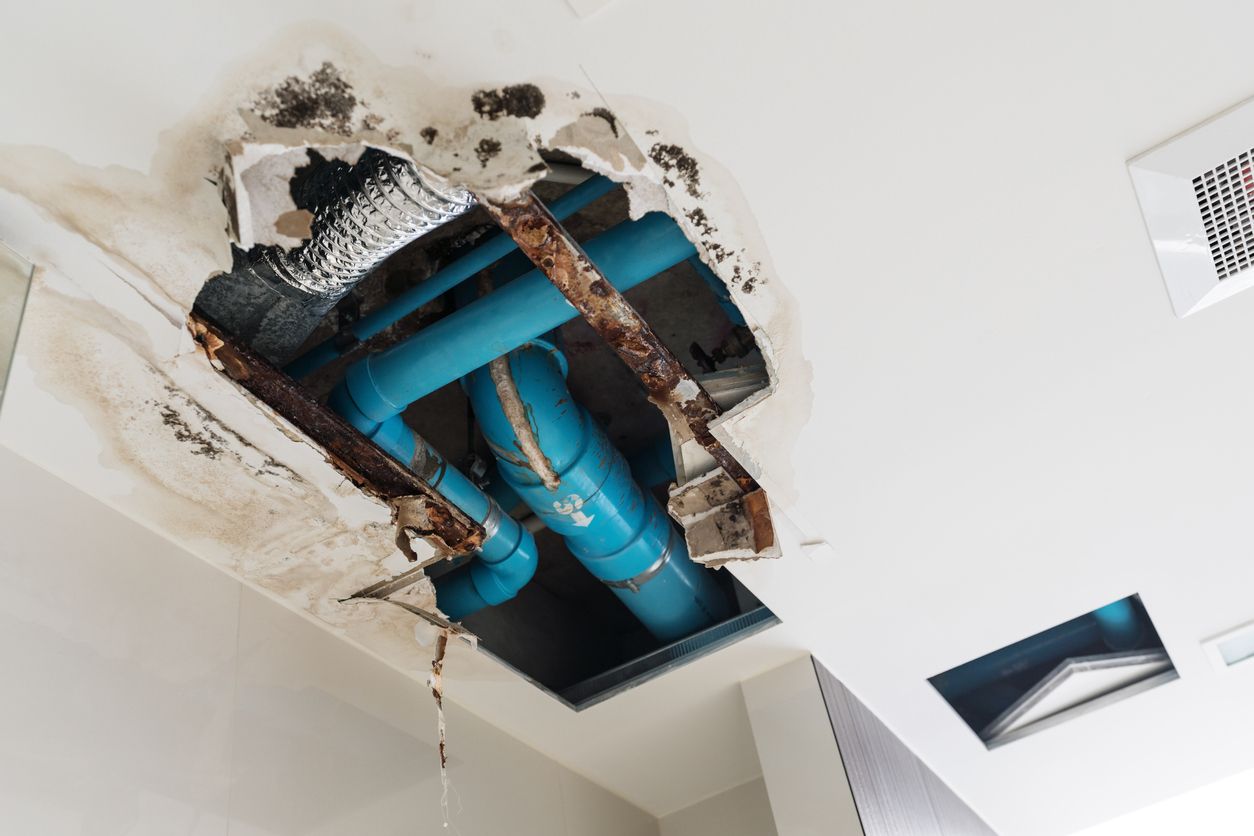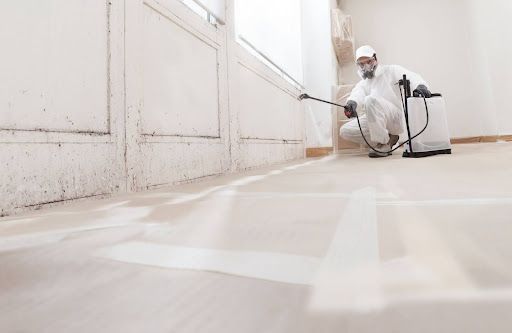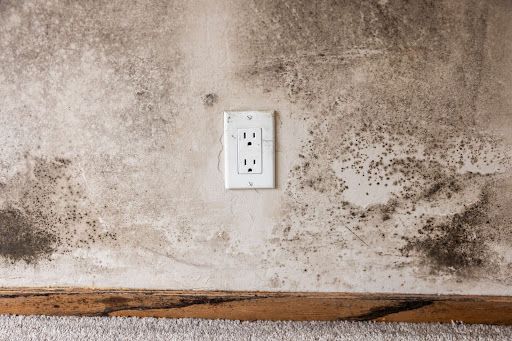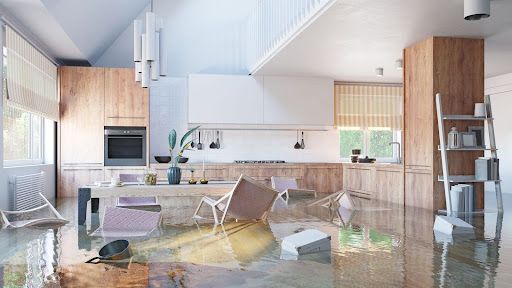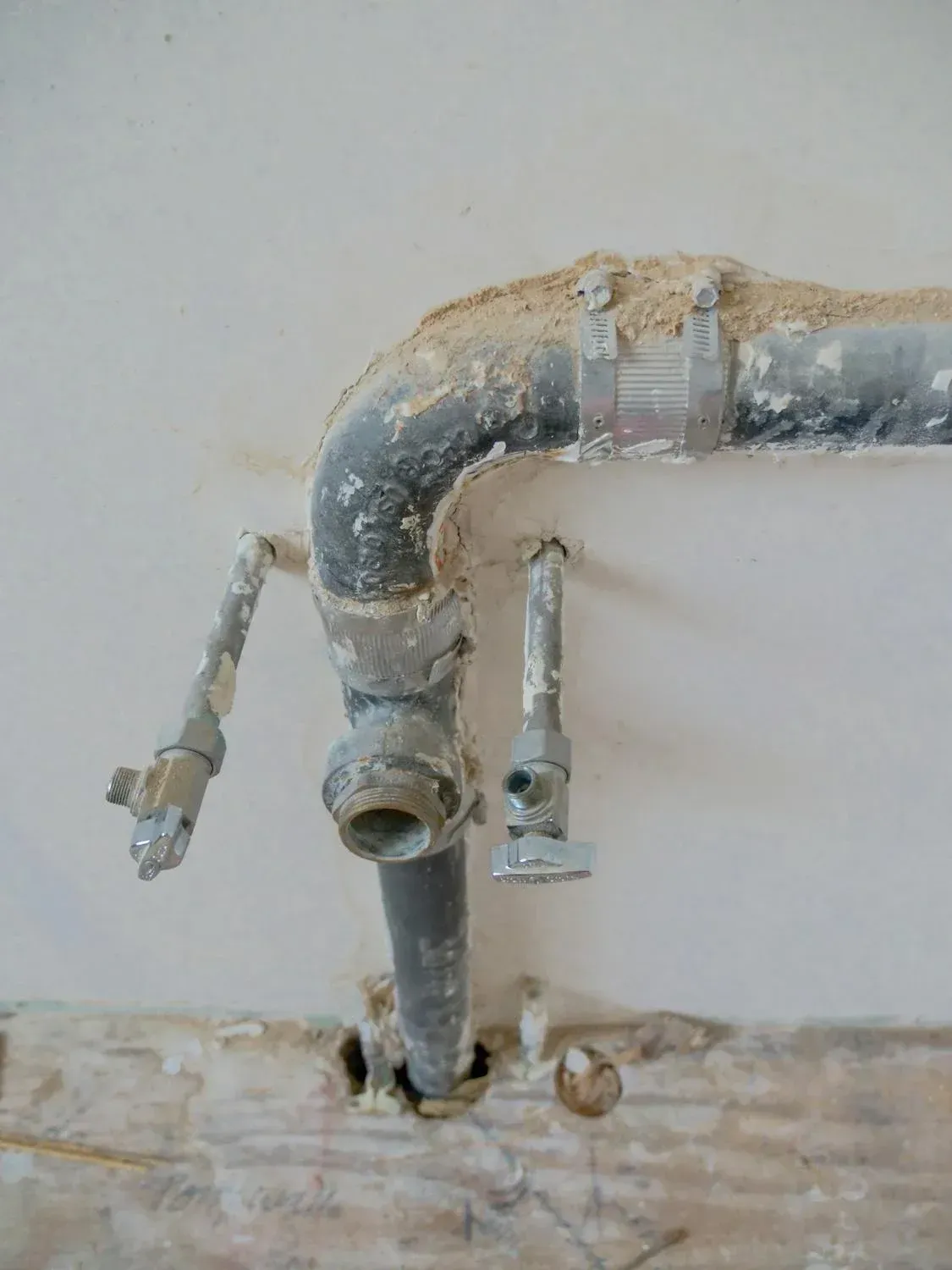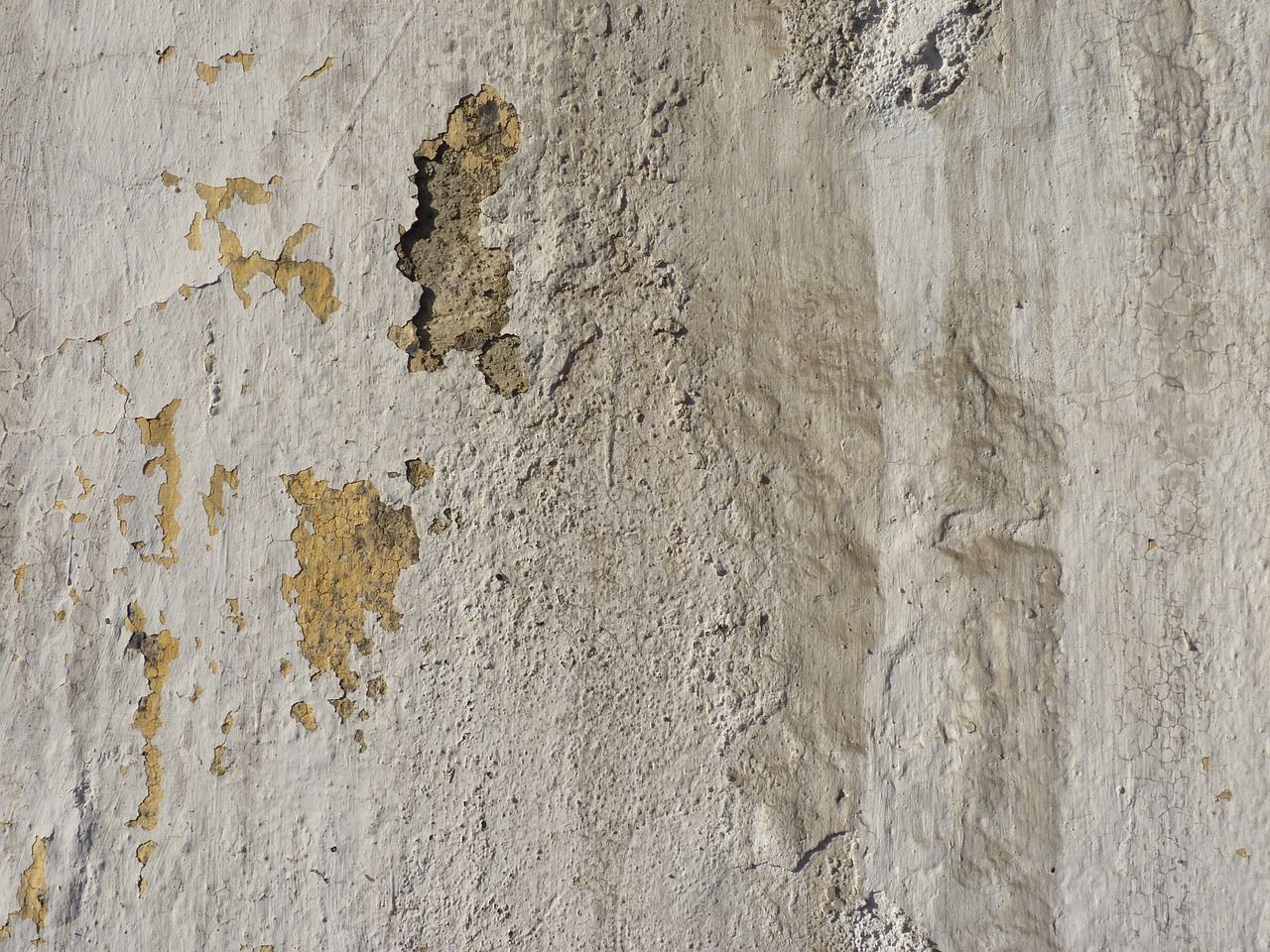What Is Water Damage Mitigation?
Understanding Water Damage Mitigation: Protect Your Home Effectively
When water invades your home, acting fast can save you from costly repairs and long-term issues. Water damage mitigation is the process of reducing and preventing property damage after a leak, flood, or other water-related incidents. By addressing issues quickly, water mitigation can keep your property safe and sound. Understanding the critical steps involved, from identifying sources of water to drying out affected areas, can make a huge difference in recovery and repair. Swift action minimizes damage, reduces costs, and protects your property’s structural integrity.
What Is Water Damage Mitigation?
Water Damage vs. Water Mitigation
Water damage and water mitigation are two related but distinct terms. Water damage refers to the harm caused to property when water enters areas it shouldn’t, often due to floods, leaks, or broken pipes. This damage can affect walls, floors, ceilings, and even furniture. It may lead to issues like mold growth, structural weakening, and wood rot if left untreated.
Water mitigation, on the other hand, is the process of reducing the damage water can cause. It involves steps like extracting water, drying the space, and applying treatments to prevent further harm. By quickly addressing water entry points and drying the affected areas, water mitigation helps to control the extent of damage and the costs involved in repairs. Together, understanding water damage and taking steps for mitigation can help protect the home from lasting harm.
The Purpose of Water Damage Mitigation
The main purpose of water damage mitigation is to protect property from further harm after a water-related incident. When water enters a home, it can damage building materials, encourage mold growth, and compromise the structure. By acting quickly, water mitigation helps prevent these risks from spreading and becoming more severe.
The process starts by removing standing water and drying affected areas. It may also involve treating surfaces to prevent mold and bacteria from growing. This is key in protecting the health of the occupants, as mold and bacteria can cause respiratory issues. By managing the immediate effects of water damage, mitigation helps keep repair costs manageable and reduces the long-term impact on the home’s structure and safety.
Why Water Damage Mitigation Matters
Preventing Costly Damage and Health Risks
Water damage can quickly lead to costly repairs if not addressed. When water seeps into walls, floors, and ceilings, it can damage materials and create the perfect environment for mold growth. Mold, in particular, poses health risks, especially for people with allergies, asthma, or weakened immune systems. Prompt water damage mitigation helps reduce these risks by removing moisture and treating affected areas.
This process prevents mold and bacteria from spreading and keeps the air quality safe. Acting fast can also prevent water from reaching electrical wiring or essential structural areas, which can add extra expenses. By limiting damage and health hazards, water mitigation keeps the property safer and reduces the risk of long-term, costly repairs.
Preserving Structural Integrity of Your Property
Water intrusion can weaken a property’s structure over time. Wood beams, drywall, and concrete are all susceptible to water damage. When these materials absorb water, they can become warped, soft, or even start to rot. This weakens the structure and can lead to issues like sagging floors, cracking walls, and damaged support beams.
Water mitigation plays a vital role in keeping the property’s structure stable. By drying out areas quickly and treating surfaces to prevent further moisture damage, mitigation helps preserve the strength of building materials. This proactive approach protects the value and safety of the property, reducing risks that come with compromised structural integrity.
Steps in Water Damage Mitigation
Assessment and Inspection of Affected Areas
The first step in water damage mitigation is a thorough inspection of the affected areas. This process helps identify where water has entered and how extensive the damage is. During this step, walls, floors, ceilings, and hidden spaces like crawl areas and basements are carefully checked.
Moisture meters and infrared cameras can assist in finding water trapped beneath surfaces, which may not be visible to the eye. By accurately assessing the situation, it’s easier to create a clear plan for removing water and drying each area fully. This early stage helps ensure that no part of the affected area is missed, lowering the risk of future problems and making the mitigation process effective.
Water Extraction and Drying Techniques
Once the inspection is complete, water extraction and drying are the next steps. Removing standing water quickly is important to prevent additional damage. Using pumps and wet vacuums can help remove water from surfaces and carpets. After extraction, drying becomes the focus.
High-powered fans and dehumidifiers work well to dry out moisture from the air and surfaces. Industrial drying equipment may also be needed for larger spaces. In some cases, materials like drywall or carpet may have absorbed too much water and need to be removed. A thorough drying process limits the chances of mold growth or structural issues, helping return the property to a safe and stable condition.
Common Causes of Water Damage
Weather-Related Incidents and Flooding
Weather-related events are a major cause of water damage in homes and buildings. Heavy rainstorms, hurricanes, and flash floods can cause water to enter homes through roofs, windows, or basements. Coastal areas and regions with high rainfall are especially prone to these risks. When large amounts of water accumulate outside, it can seep into the building's structure, causing damage to walls, floors, and foundations.
Sometimes, storm surges or river floods can lead to sudden, high levels of water, leaving little time for protection. Without preventive steps like sealing windows or installing sump pumps, weather-related flooding can cause serious damage. Recognizing these risks and preparing for them can help limit water damage from weather events.
Plumbing Issues and Appliance Leaks
Plumbing problems and faulty appliances are common sources of water damage inside buildings. A broken pipe, clogged drain, or leaking faucet can lead to unexpected flooding in bathrooms, kitchens, and laundry rooms. Common household appliances like washing machines, dishwashers, and water heaters can also leak if they wear down over time.
When these leaks go unnoticed, water can spread, damaging flooring, walls, and furniture. In colder areas, pipes can burst if they freeze, releasing a large amount of water quickly. Regular checks of pipes and appliances, along with timely repairs, can reduce the risk of water damage from plumbing issues and leaks.
When to Call for Professional Water Mitigation Help
Recognizing Signs of Severe Water Damage
Severe water damage often shows clear signs that shouldn’t be ignored. If water has been present for more than 24 hours, there’s a high risk of mold starting to grow. This can lead to health issues and worsen property damage. Large areas of staining, warping in walls or floors, and a strong musty smell are common signs that water has deeply soaked into materials.
Structural damage, like sagging ceilings or walls, also indicates severe water problems. If electrical systems or appliances are exposed to water, it’s important to call professionals right away. These signs mean that the damage is extensive and needs specialized tools and expertise to address. Ignoring them can lead to bigger issues and higher repair costs down the line.
Knowing the Limits of DIY Solutions
While small water leaks might be manageable with DIY solutions, there are limits to what homeowners can safely handle. If the water damage is extensive, such as after a flood or a burst pipe, DIY efforts often aren’t enough. Large amounts of water require powerful equipment to remove and dry affected areas fully. Homeowners also risk missing hidden moisture, which can lead to mold growth or structural damage.
Situations involving sewage or contaminated water need special treatment to remove harmful bacteria and toxins. In these cases, professionals use safe methods and specialized tools to handle the cleanup effectively. Knowing when a job is too big for DIY methods helps protect both health and property.
Acting Swiftly to Protect Your Property from Water Damage
Water damage mitigation is a process that demands prompt action and careful planning. When water damage is handled effectively, it not only safeguards your property but also limits long-term repair costs and health risks.
Acting quickly after water-related incidents can make a significant difference, helping you avoid issues that can affect the safety and value of your property. Following mitigation steps or calling for professional assistance can give you peace of mind and reduce potential damage, allowing your home to remain safe, stable, and free from water-related issues.
For fast, reliable support, contact
Verg Restoration to restore your home after fire, water, or mold damage. We work quickly to keep your space safe and bring comfort back to your home.
